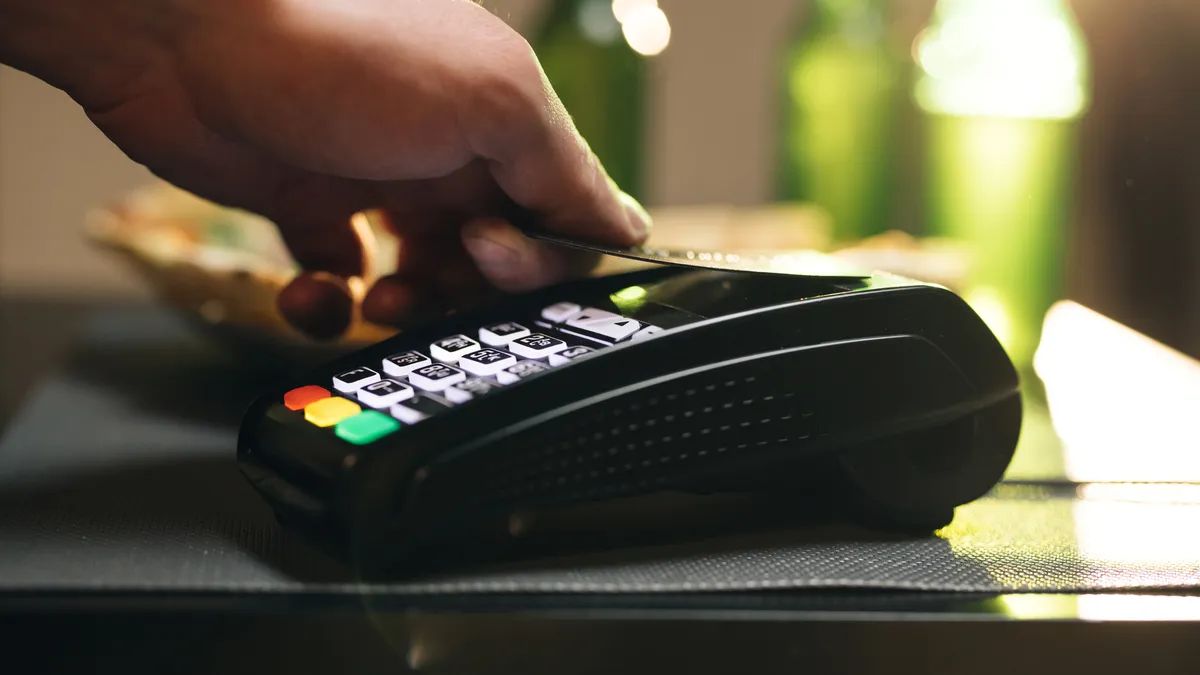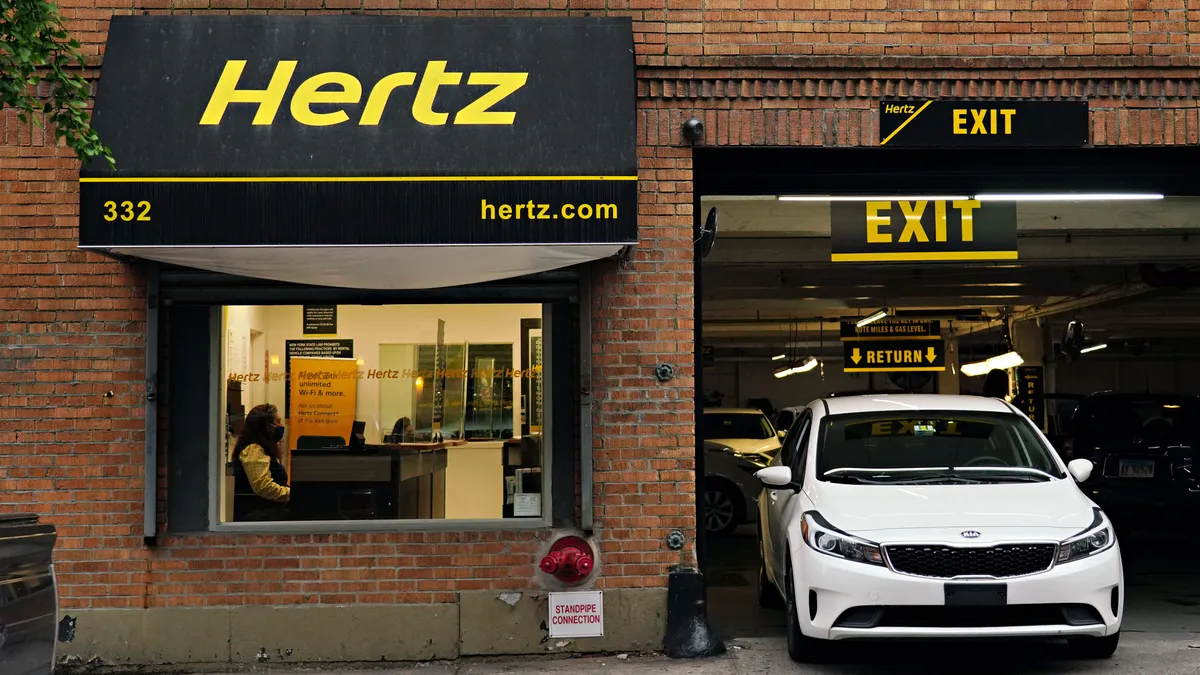Dive Brief:
- Nearly 47% of consumers choose to use debit cards for payments because they are convenient, according to a PYMNTS Intelligence report that draws on a series of surveys from the past two years. .
- Digital wallets are more common for less routine transactions, according to the study, which was released Thursday. One-quarter of respondents said they used a digital wallet to make a travel purchase, while only 1 in 10 said they used a digital wallet to purchase groceries.
- Rewards topped convenience for in-store credit card use. Two in 5 respondents said they use a credit card for its rewards or cash back features, compared to one-quarter who said they use credit because it’s the most convenient.
Dive Insight:
Convenience isn’t just about whether it’s easier to scan or swipe. Customers look beyond the immediate payment experience when deciding what option to use.
Debit cards allow for quick, direct payments that bypass the need to carry cash and don’t cause worry about accumulating debt, according to Chip Lupo, writer and analyst at WalletHub. They also usually come free of fees or interest charges.
"Consumers often prefer debit cards over credit cards for smaller, everyday purchases such as groceries because of their simplicity and cost-efficiency,” Lupo told CX Dive in an email. “Unlike credit cards, debit cards deduct funds directly from a linked checking account, making it easier to manage budgets and avoid debt.”
This is in line with PYMNTS Intelligence’s findings. Nearly one-quarter of respondents said they use debit cards because it’s easier to keep track of their payments, according to the study.
Lower income consumers are particularly interested in the pay-as-you-go debit card approach, according to Lupo. His research has found that lower income individuals use debit cards nearly twice as often as those with high incomes.
The higher use of digital wallets in one-off online purchases may also be a matter of convenience. These features can enable fast and easy payments.
Digital wallets eliminate the need for physical cards, improve security through features such as encryption and tokenization, and allow customers to store multiple cards in one place, according to Lupo. Companies can take extra steps to make digital wallets even easier for their audiences.
"Companies should focus on broadening acceptance, simplifying the checkout process, offering incentives like rewards, ensuring [near-field communication] and QR code compatibility, integrating mobile apps seamlessly, educating users and emphasizing security,” Lupo said.











